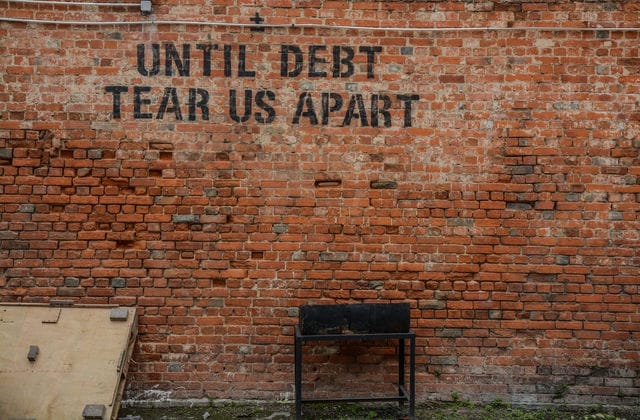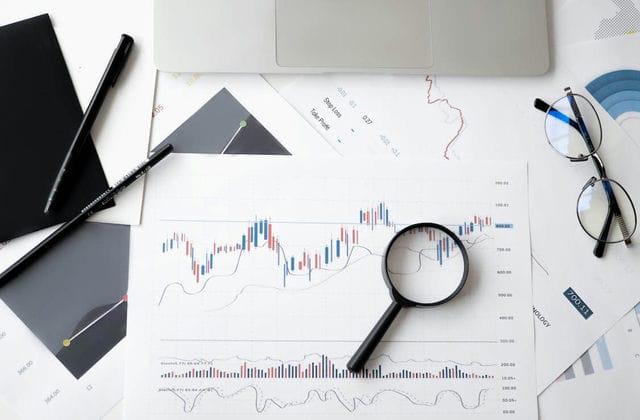A state of market instability is when the deviation between the expectations of market participants and the objective facts reaches an extreme state, which is difficult to maintain and self-correct after the countervailing forces have caused the market to advance itself to a certain point, so that the market imbalance develops to a considerable degree.

The unbalanced state of the market stems from the fact that the mainstream bias formed by market expectations is strongly contrasted with the objective reality. Sober investors in the market begin to reflect on this bias and challenge the mainstream bias to make the original dominant factors of the market vulnerable, but the inertia of the market makes the original trend frenzied. One of the secrets of Soros’s investment success is his ability to spot market instability and capture the timing of boom-and-bust phenomena.
For example, in one case in the mid-1980s, a bid for a company caused the company's assets to be reassessed, so the bank gave more loans to other bidders, causing them to bid higher and higher. Finally, the bidding price skyrocketed and the market became shaky as it was overvalued. According to Soros' theory, a collapse would be inevitable. The likelihood of a boom-and-bust increases dramatically and the unstable state of the market provides opportunities for investors.
There is no shortage of examples of boom and bust around us. When us soybeans rose to 1,000, the market predicted that they would reach 1,400 or 1,600. When the bullish trend reached a late stage and prices developed beyond expectations, there was a market mentality that the bullish trend would not say the top, at which point soybean stocks were extremely undervalued and the false value component of soybean prices was greatly exaggerated. Eventually the boom and bust phenomenon occurred, soybean prices plummeted, domestic importers have defaulted on their contracts, due to the high price of imported soybeans to reshuffle the oil and grease business.

It is also crucial to grasp the timing of the boom and bust, as this is often when the mainstream market bias is strong and damaging, and only by adopting an appropriate investment strategy and planning to take positions can we take full advantage of the investment opportunities presented by this unstable market condition.




























